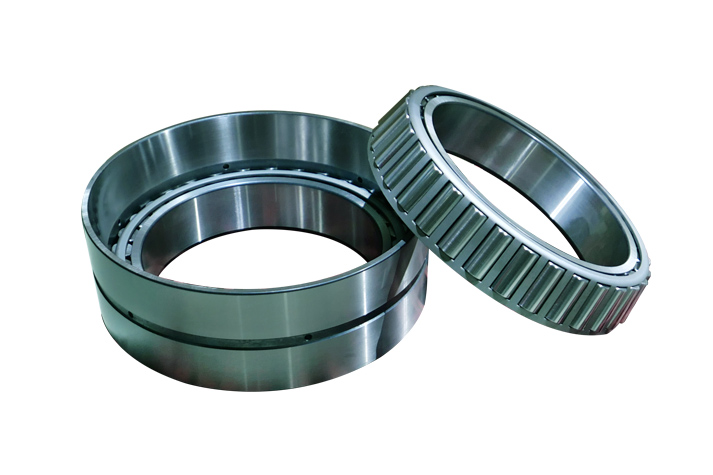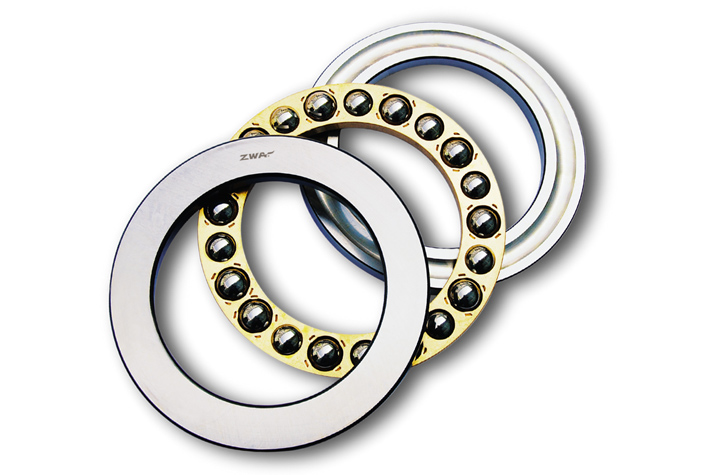
Raceways are present on both inner and outer rings of angular contact bearings. There is relative displacement between the inner and outer rings along the axial direction of the bearing. Angular contact bearings works well under combined loads, that is, the combination of radial and axial loads. Their axial load bearing capacity grows with the increase of contact angle. (The contact angle is the angle between the line connecting the contact points of the ball and the raceway in the radial plane and the vertical line of the bearing axis. The contact angle for high precision bearings and high speed bearings is usually 15 degrees. The contact angle increases under axial force.)
High-speed precision angular contact bearing is mainly used in high-speed rotating machines with light load, which requires high precision, high speed, low vibration and relatively long service life. The angular contact bearing that is used as the support device of high-speed motorized spindle is used in pairs. It is the key component of high-speed motorized spindle for internal surface grinder.
Angular contact ball bearings (ACBB bearing) are divided into single row angular contact bearings and double row angular contact bearings. Here are their respective uses.
Single row angular contact bearings: machine tool spindle, high-frequency motor, fuel turbine, centrifugal separator, small car front wheel, differential pinion shaft, boost pump, drilling platform, food machinery, indexing head, welder, low-noise cooling tower, electromechanical equipment, coating equipment, machine tool trough plate, arc welder, etc.
Double row angular contact bearings: oil pump, blower, air compressor, various transmissions, fuel injection pump, printing machinery, planetary reducer, extraction equipment, cycloid reducer, food packaging machinery, electric welder, soldering iron, square box, gravity spray gun, stripper, half-shaft, inspection and analysis equipment, fine chemical machinery, etc.

